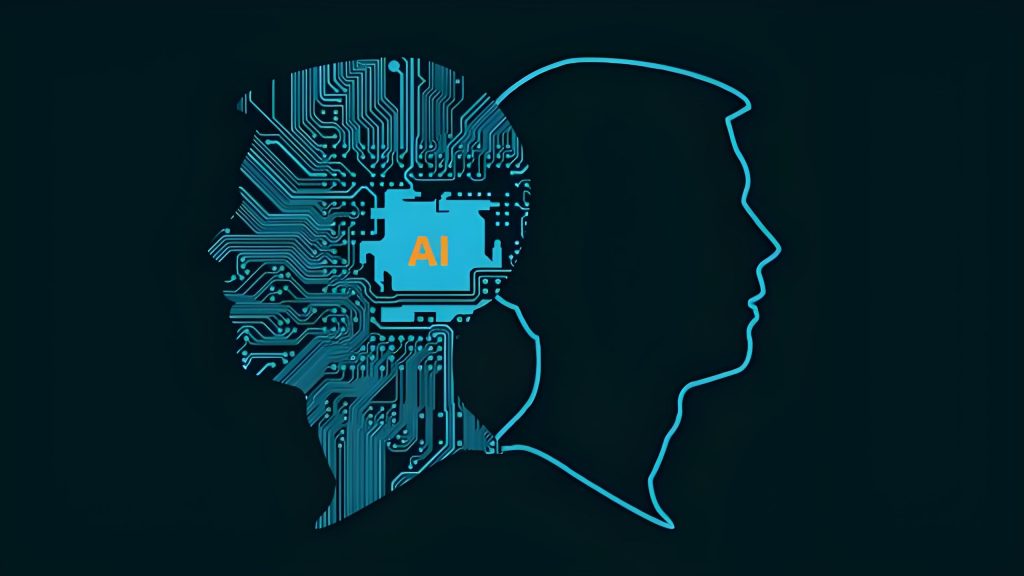With the ascendancy of generative AI technologies exemplified by ChatGPT, humanity stands at the cusp of an unprecedented technological revolution. AI has emerged as the cornerstone and driving force of the digital age, propelling socioeconomic progress and transformation. China, leveraging generative AI across multiple sectors, confronts an immense, urgent, and invaluable demand for deep integration of AI technology with industry applications, thereby offering an expansive canvas for AI innovation.

I. Computing Power: The Foundation and Catalyst of the Digital Age
As AI technology advances, computing power has solidified its position as the cornerstone and catalyst of the digital era. Statistics reveal that, as of the end of June this year, China’s data center standard rack capacity surpassed 7.6 million units, with a total computing power reaching 197 exaFLOPS, growing at an annual rate of nearly 30%. Storage capacity exceeded 1080 exabytes. These figures underscore China’s robust potential and foundational strength in the computing power industry.
In AI, enhanced computing power not only elevates algorithm accuracy and efficiency but also fuels algorithmic innovation. Generative AI, a spotlight in the field, necessitates vast amounts of data for training and learning, generating novel, valuable, and even creative information. This technology poses heightened demands on the digital foundation, necessitating more potent computing support.
II. Industry-Specific Large Models: A Complement to General Large Models
While general large models, versatile deep learning frameworks applicable across domains, showcase broad prospects, they also exhibit limitations. In contrast, industry-specific large models, tailored to particular verticals, undergo training on industry-focused datasets, enhancing accuracy and efficiency within their respective sectors.
The advantage of industry-specific models lies in their optimization for domain-specific knowledge and business scenarios, offering heightened application value and prospects. China’s R&D capabilities have systematically matured, encompassing theoretical methodologies, software, and hardware technologies. Notable pre-trained large models, akin to luminous pearls on the tech tree, illuminate the landscape, forming a tech cluster that keeps pace with global frontiers.
For instance, Huawei Cloud’s PanGu large models have introduced models for mining, drug molecule discovery, power, meteorology, and ocean waves, with over 1,000 innovative projects across industries.
III. Navigating Technological Trends to Foster Industry-Specific Large Model Practices
In the shadow of general large models like ChatGPT, China’s opportunities lie in industry-specific models. Building upon the foundational capabilities of general models, developing industry-tailored versions has emerged as an inevitable trend.
To facilitate generative AI’s growth and adoption, China has enacted the “Provisional Measures for the Administration of Generative AI Services,” promoting infrastructure and public training data resource platforms, fostering collaborative sharing of computing resources, and enhancing utilization efficiency.
The measures also encourage the adoption of secure and reliable chips, software, tools, computing power, and data resources, pushing for orderly, categorized, and graded opening of public data to expand high-quality training datasets.
Looking ahead, China will seize technological trends, actively promoting industry-specific large model practices. This involves bolstering R&D and application support, encouraging enterprises to invest and innovate, and fostering integration with the real economy, thereby expanding the AI innovation landscape.
IV. Confronting Challenges and Risks
Yet, the development of industry-specific large models confronts challenges and risks. Technical complexity requires profound algorithmic and data science expertise. High data and computing power demands elevate costs, while privacy and security concerns persist.
Thus, strengthening regulation and oversight is crucial to ensure healthy technological growth and maximize societal benefits.
In conclusion, industry-specific large models represent a pivotal direction in generative AI, significantly impacting digital evolution and socioeconomic transformation. China, with its promising computing power industry, should capitalize on technological trends, expedite AI’s integration with industries, and create an expansive arena for AI innovation.


















































Discussion about this post